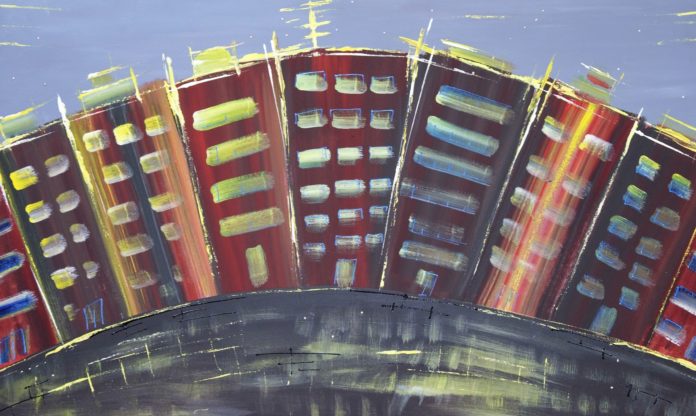Letter to the Editors:
Q: “When I attended the Chicago Academy of Fine Arts in 1969-70, my drawing and painting instructor seemed to differentiate sharply between painters and illustrators, but when I read Realism Today, I get confused.
“Is the designation based on the purpose of the work (to illustrate an article or ad, perhaps)? What makes photorealistic paintings ‘paintings’ instead of illustrations? Was Norman Rockwell an illustrator because his work told a story? Why are some cityscapes paintings instead of illustrations?” ~ Jack Z.
A: Dear Jack,
Many thanks for your interesting note asking about the distinctions between fine art and illustration. You are quite right in suggesting that the primary difference relates to the purpose of the work. Generally, both are intended to be sold, but only the illustration is made to a specific deadline assigned by an outside party for a specific function (often to help sell something else).
Of course, fine artists often make paintings and other artworks intended to be sold at a gallery exhibition, and often there is a deadline associated with that event, but usually the artists can make whatever they want (as long as it’s within the parameters that interested the gallery in the first place).
There are many fine art paintings that “tell stories,” and there are many commissioned illustrations that do not. Similarly, there are fine art paintings that are photorealistic, and illustrations that are abstract. Trying to categorize based on aesthetic “style” is almost impossible, though generally it is true that illustrations tend to be more descriptive (because the product or lifestyle being promoted must be recognizable), but not always.
The most compelling reminder of the firm distinction that once existed between fine art and illustration is this:
During the Golden Age of American Illustration (1880-1930), important (generally small-scale) paintings by master illustrators were sent from the artist’s studio to the printing house, where they were used by the technical team to create the relevant advertisement or illustration in a periodical or book. Once that original artwork was no longer needed (i.e., the publication was on press), it was set aside in a storage area; the illustrator did not think to ask for it back, and the publishing firm did not perceive it as having commercial value any longer.
For this reason, scholars and dealers in the late 20th century were often approached with important illustration works (for sale) by the descendants of the printing staff at the publishers. In other words, those staff members (usually men in those days) had taken the discarded artworks home to adorn their own homes, and now (decades later), their children were realizing that these “worthless” items might have commercial value.
Needless to say, this would not happen any longer because almost everything in our society has been monetized, and also because most of us recognize illustrators as worthy of serious scholarly and commercial attention.
Thanks again for your interest.
Peter Trippi
Editor-in-Chief
Fine Art Connoisseur, sister publication to Realism Today

Visit EricRhoads.com (Publisher of Realism Today) to learn about opportunities for artists and art collectors, including:
- Art retreats
- International art trips
- Art conventions
- Art workshops (in person and online)
- And more!







Well then I guess commissioned “fine art” that a collector wants by a specific date is actually an illustration?
Comments are closed.